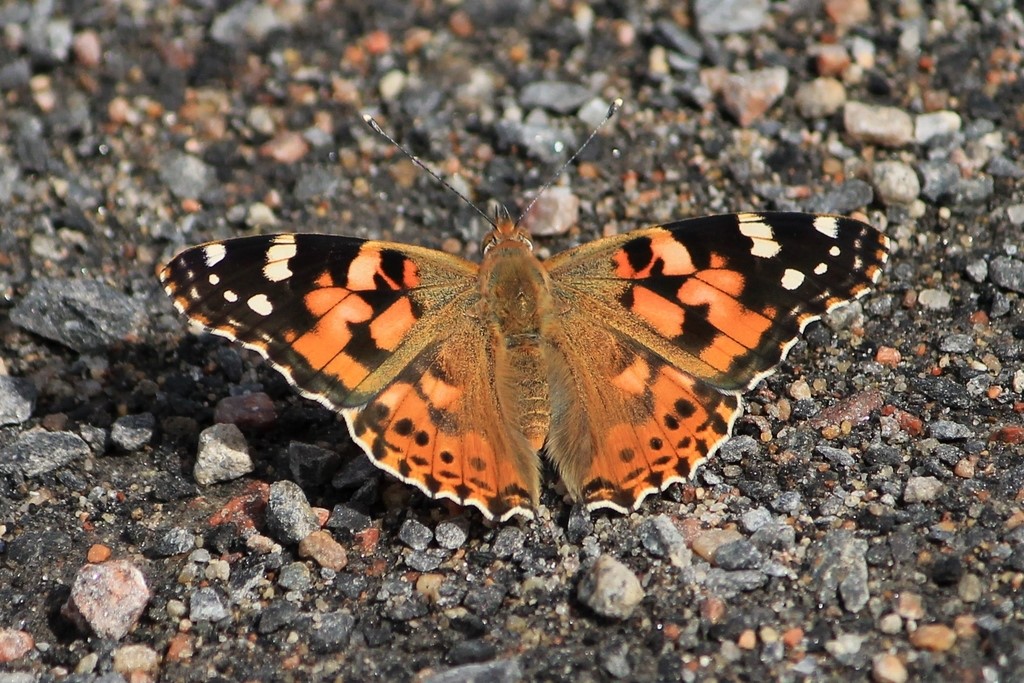In Jharkhand, June 30 marks the 169th anniversary of the Santhal Hul, one of the earliest peasant uprisings against the British.
|
Chhotanagpur Tenancy Act, (CNT Act) |
|
Reference
The Indian Express | Santhal Hul and the land tenancy Acts
The Meghalaya government recently issued notifications for the alleged irregularities in the implementation of the Saubhagya scheme in the state.
Deen Dayal Upadhyaya Gram Jyoti is a scheme designed to provide continuous electricity supply to rural India.
References
A recent discovery is made on the painted lady butterflies that travelled 2,600 miles to the French Guiana beach.

DNA Metabarcoding allows for simultaneous identification of many taxa within the same sample.
References
Tajimul Islam, known for presiding over such ‘salishi sabhas’ (kangaroo courts) recently arrested after a video of him whipping a woman and a man surfaced on social media.
Reference
The Indian Express | Kangaroo courts
Italy reported its first case of Oropouche fever recently.
Reference